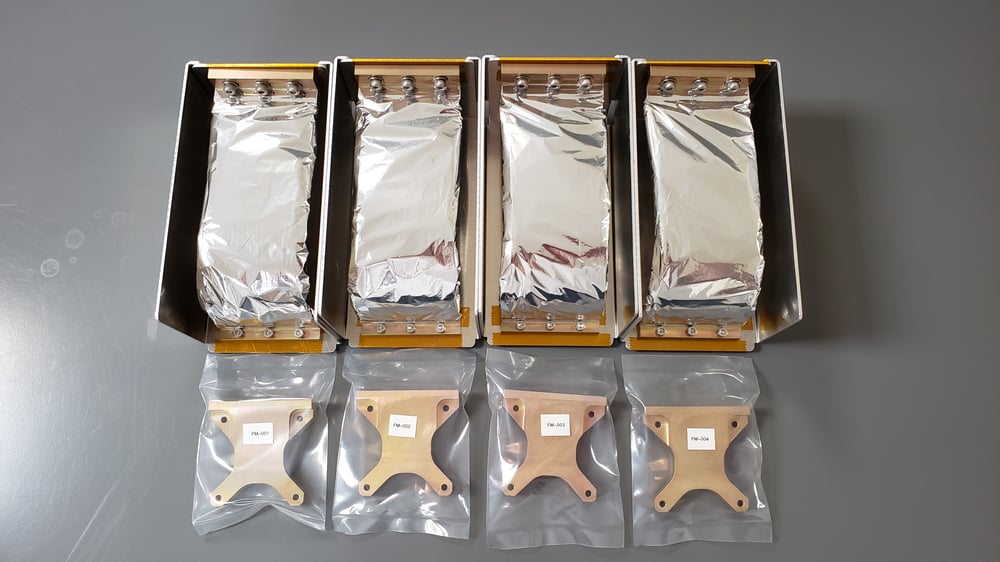In case you missed it yesterday, Space-X launched NASA's Imaging X-ray Polarimetry Explorer (IXPE) satellite , from Cape Canaveral, FL, and TAI's Graphite Fiber Thermal Straps (GFTS®) were along for the ride!

The refrigerator-sized IXPE satellite is a $214 million dollar mission that investigates the physics behind black holes and neutron stars. IXPE is equipped with three telescopes that will study the polarization of light (i.e. how a light wave oscillates relative to the direction of the wave), and with that capability, astronomers will be able to refine the structure and study the mechanisms that power these types mysterious cosmic objects.
IXPE's technical and scientific objectives include:
- improving polarization sensitivity by two orders of magnitude over the X-ray polarimeter aboard the Orbiting Solar Observatory OSO-8(scientists see HEASARC: Observatories),
- providing simultaneous spectral, spatial, and temporal measurements,
- determining the geometry and the emission mechanism of Active Galactic Nuclei and microquasars,
- finding the magnetic field configuration in magnetars and determining the magnitude of the field,
- finding the mechanism for X ray production in pulsars (both isolated and accreting) and the geometry,
- determining how particles are accelerated in Pulsar Wind Nebulae.
Content Credit: NASA, FloridaToday.com

